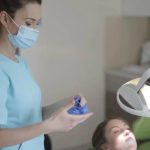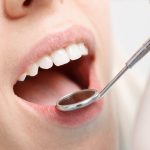Childhood Dental Development: How Many Teeth Do Kids Typically Lose?
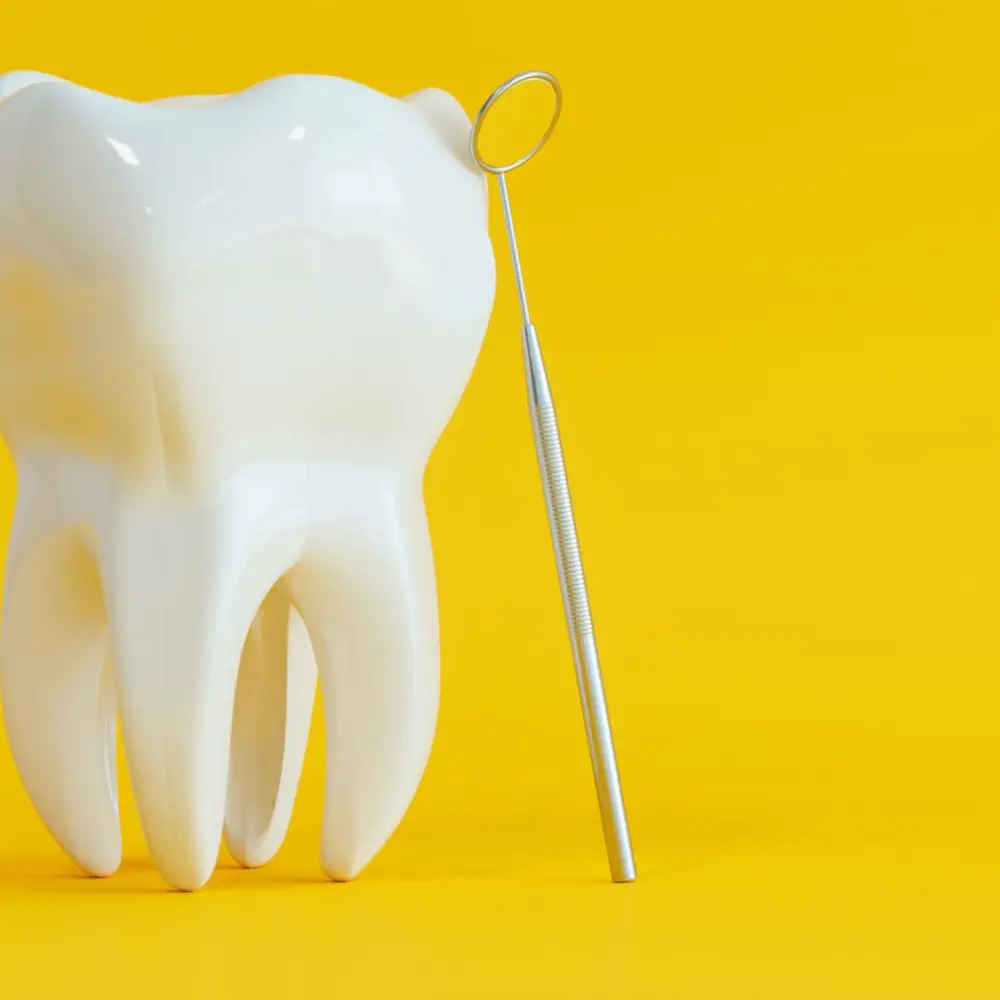
The development of a child’s teeth is an essential part of their overall growth and health. The process of losing baby teeth and growing permanent teeth is a natural occurrence that happens to every child. As parents, it is important to understand this process and be aware of the number of teeth that kids typically lose during their childhood. Generally, children have 20 primary teeth, which will eventually fall out to make way for their permanent teeth. The first baby teeth to fall out are typically the front teeth in the lower jaw, followed by the front teeth in the upper jaw. The process of losing baby teeth usually begins around the age of six and continues until the age of 12 or 13. Understanding the timeline and order of tooth loss can help parents reassure their child that the process is normal and nothing to be afraid of.
Childhood dental development is crucial as it sets the foundation for a lifetime of healthy teeth and gums. During this time, primary teeth play an important role as they guide the eruption of permanent teeth and ensure proper alignment and spacing. Early loss of primary teeth due to decay or trauma can lead to crowding, misalignment, and other orthodontic problems. Moreover, childhood is also the time when habits such as tooth brushing and flossing are developed, which can prevent dental issues later in life. It is therefore essential to prioritize regular dental check-ups during childhood to ensure proper dental development and maintain good oral health.
Primary teeth, also known as baby teeth, are the first set of teeth that erupt in a child’s mouth. Typically, children have 20 primary teeth that start to appear around 6 months of age. These teeth are important for chewing, speech development, and guiding the permanent teeth into their proper positions. As children grow, their primary teeth begin to fall out, starting around age 6 and continuing until around age 12. The permanent teeth, also called adult teeth, replace the primary teeth and typically consist of 32 teeth. The permanent teeth are larger, stronger, and meant to last a lifetime. They play a crucial role in biting, chewing, and speaking, as well as maintaining the structure of the face and supporting the jawbone. Proper oral care during childhood is essential to ensure the health and longevity of both primary and permanent teeth.
Primary Teeth
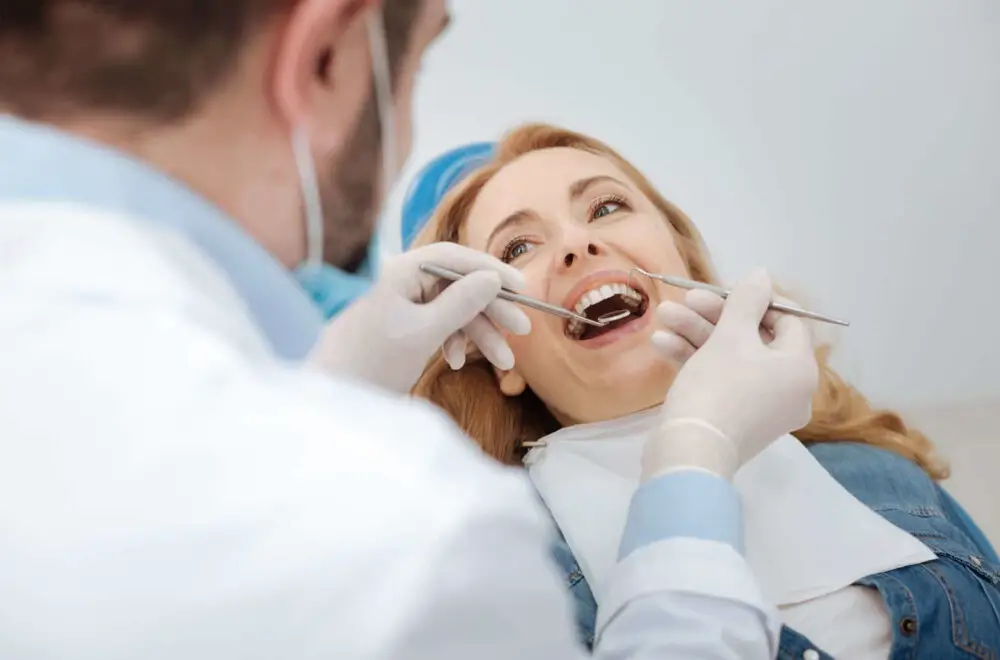
Primary teeth, also known as baby teeth or deciduous teeth, are the first set of teeth that emerge in a child’s mouth. They typically begin to appear between the ages of 6 and 10 months and continue to erupt until around age 2 or 3. Primary teeth are important for a child’s overall dental development as they serve as placeholders for the permanent teeth that will eventually replace them. Children typically have 20 primary teeth, with 10 in the upper jaw and 10 in the lower jaw. These teeth are smaller and whiter than permanent teeth and are more susceptible to decay. It is important to take care of primary teeth as they play a crucial role in a child’s oral health. They aid in proper speech development, chewing and digestion of food, and maintaining the space for permanent teeth. Primary teeth also help to guide the eruption of permanent teeth and serve as a foundation for healthy permanent teeth. It is recommended that children start seeing a dentist by their first birthday or within six months of their first tooth eruption. Regular dental check-ups and good oral hygiene habits, such as brushing and flossing, can help prevent tooth decay and ensure proper dental development. Parents can also encourage healthy habits by limiting sugary foods and drinks and promoting a balanced diet.
Primary teeth, also known as baby teeth or deciduous teeth, are the first set of teeth that develop in children. These teeth usually begin to emerge around six months of age and continue to erupt until the child is about two to three years old. Primary teeth play an important role in a child’s dental development, as they help to maintain the proper spacing for the permanent teeth that will eventually replace them. There are 20 primary teeth in total, consisting of four incisors, two canines, and four molars in each jaw. These teeth have a thinner layer of enamel than permanent teeth, making them more susceptible to decay and cavities. It is important for parents to help their children maintain good oral hygiene habits to ensure the health of their primary teeth and facilitate the transition to permanent teeth.
Primary tooth development, also known as deciduous teeth or baby teeth, generally begins in utero around the sixth week of fetal development. By the time a baby is born, they have 20 primary teeth buds that will emerge over the next few years. The first teeth to come in are typically the lower central incisors, which usually erupt between 6 and 10 months of age, followed by the upper central incisors around 8 to 12 months. The lateral incisors typically emerge between 9 and 13 months, while the first molars tend to come in between 12 and 16 months. The canine teeth usually erupt between 16 and 20 months, and the second molars appear between 20 and 30 months. By age 3, most children have a full set of primary teeth, which they will begin to lose and replace with permanent teeth around age 6.
Primary teeth, also known as baby teeth or milk teeth, typically begin to erupt around 6 months of age and are fully developed by the age of 2-3 years. These teeth are crucial for a child’s development, allowing them to chew, speak, and maintain proper jaw and facial structure. The average child will have 20 primary teeth, consisting of 8 incisors, 4 canines, and 8 molars. As children grow and their jaw expands, these teeth will eventually be replaced by permanent teeth, beginning around age 6 and continuing until approximately age 12 or 13. Proper care of primary teeth is essential to ensure the healthy development of permanent teeth, and regular dental check-ups are important to monitor the transition process.
Permanent Teeth
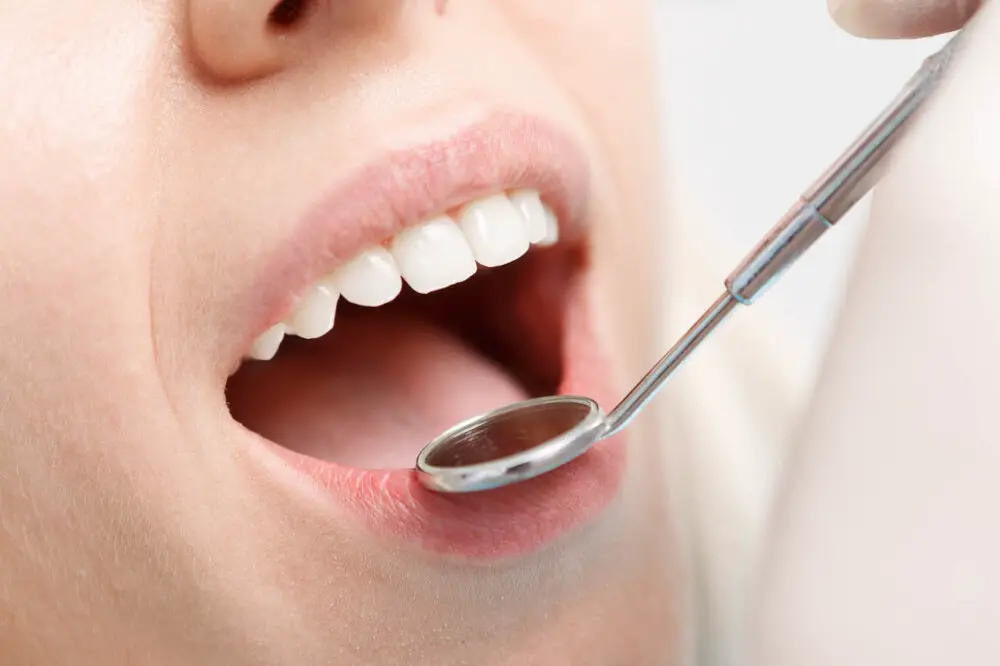
Permanent teeth are an essential aspect of dental development in children. These teeth are the second set of teeth that grow after the primary teeth, also known as baby teeth, fall off. Typically, permanent teeth begin to emerge in the mouth around the age of six or seven years old. As a general rule, permanent teeth come in two sets, one set for each side of the mouth, and they are designed to last for a lifetime. There are 32 permanent teeth in total, including four wisdom teeth that usually emerge between the ages of 17 and 25. Permanent teeth are larger and stronger than primary teeth and come in a variety of shapes and sizes. These teeth are made up of different layers, including enamel, dentin, cementum, and pulp. Enamel is the hard outer layer of the tooth that protects it from decay and damage, while dentin is the inner layer that provides support and structure. Cementum is the layer that covers the tooth root, and pulp is the soft tissue inside the tooth that contains nerves and blood vessels. It is essential to take care of permanent teeth through proper oral hygiene practices such as brushing, flossing, and regular dental check-ups to ensure they remain healthy and strong throughout a person’s lifetime.
Permanent teeth, also known as adult teeth, are the second set of teeth that grow in a person’s mouth. They typically begin to erupt between the ages of 6 and 12, after the primary teeth have fallen out. There are 32 permanent teeth, including 8 incisors, 4 canines, 8 premolars, and 12 molars. The incisors are located in the front of the mouth and are used for biting and cutting food. The canines are situated next to the incisors and are used for tearing and grasping food. The premolars and molars are located towards the back of the mouth and are used for grinding and chewing food. Proper dental care, including regular brushing and flossing, can help ensure the health and longevity of permanent teeth.
The timeline of permanent tooth development is a complex process that spans several years in children. It begins around the age of six when the first set of permanent molars emerges behind the baby teeth. Over the next few years, the remaining permanent teeth gradually replace the baby teeth in a specific sequence. The incisors and canines typically emerge between the ages of six and 13, while the premolars and molars emerge between the ages of 10 and 25. During this time, children experience a mix of baby and permanent teeth, which can lead to a variety of dental issues. However, with proper oral hygiene and regular dental checkups, children can maintain healthy teeth and gums throughout this important developmental stage.
The number of permanent teeth that children have is 32. These teeth replace the 20 primary teeth that children have, starting at around age six. The permanent teeth include eight incisors, four canines, eight premolars, and 12 molars. The molars are the last to come in, with the third molars, also known as wisdom teeth, usually emerging between the ages of 17 and 25. It is important for children to take good care of their permanent teeth, as they are meant to last a lifetime. Regular dental check-ups and proper oral hygiene practices, such as brushing and flossing, can help ensure that children’s permanent teeth remain healthy and strong.
The Process of Losing Teeth

Losing teeth is a natural process that occurs during childhood, typically between the ages of six and twelve. This process is a significant milestone in a child’s dental development as it marks the transition from primary teeth to permanent teeth. The process of losing teeth is known as exfoliation, and it occurs when the roots of the primary teeth are gradually dissolved, allowing the teeth to fall out naturally. The process is entirely painless, although some children may experience slight discomfort or pain as the tooth becomes loose. There are a few things to keep in mind during the process of losing teeth. It is important to encourage children to wiggle their loose teeth gently to help them come out naturally. Pulling out a tooth prematurely can cause bleeding and pain and may lead to infection. Additionally, it is essential to ensure that children maintain good oral hygiene practices during this time. Brushing and flossing twice a day can help prevent the buildup of bacteria and plaque that can cause gum disease and tooth decay. By following these simple tips, parents can ensure that their child’s dental development is healthy and on track.
Primary teeth, also known as baby teeth, are important for the development of a child’s chewing, speech, and overall oral health. As a child grows, their primary teeth begin to loosen and fall out to make way for permanent teeth. This natural process typically starts around the age of six and continues until the age of twelve. The roots of the primary teeth dissolve, and the tooth becomes loose in its socket until it falls out. This process can be hastened by wiggling the tooth, which can also help alleviate any discomfort the child may experience. It’s important to note that losing primary teeth is a normal part of childhood development and should not cause alarm. However, if a tooth is lost prematurely due to decay or injury, it’s crucial to seek dental care to prevent any further complications.
Primary tooth loss is a natural and expected part of childhood dental development. The average age range for primary tooth loss is between 5 to 12 years old, with most children losing their first tooth around six years old. The process of primary tooth loss is gradual and follows a predictable pattern, with the front teeth typically falling out first, followed by the back teeth. Although timing can vary from child to child, there are several factors that can influence the age at which primary teeth are lost, including genetics, overall health, and dental hygiene habits. Regardless of when primary tooth loss occurs, it’s important for parents to encourage good oral hygiene habits and regular dental checkups to ensure healthy adult teeth development.
The process of permanent teeth replacing primary teeth, also known as deciduous teeth, is called exfoliation. It is a natural occurrence that usually begins around the age of 6 and continues until the early teenage years. The roots of the primary teeth gradually dissolve, and the tooth becomes loose, allowing it to be pushed out by the permanent tooth that is developing below. As the permanent tooth moves up, it causes the primary tooth to fall out, making room for itself. The process can take several months, and it is normal for children to experience some discomfort during this time. Once all the primary teeth have been replaced, the child will have a full set of permanent teeth that will last them for the rest of their life with proper dental care.
Factors Affecting Tooth Loss

Tooth loss is a common occurrence throughout life, and it can happen for many reasons. Some of the most common factors that contribute to tooth loss include poor dental hygiene, gum disease, tooth decay, and trauma to the mouth. Poor dental hygiene is one of the leading causes of tooth loss. When individuals do not brush and floss regularly, they are at risk of developing cavities and gum disease. Both of these conditions can cause teeth to become loose and eventually fall out. Gum disease is particularly dangerous because it affects the supporting structures of the teeth, including the gums and bones, making them more vulnerable to tooth loss. Tooth decay is another common cause of tooth loss. When cavities are left untreated, they can spread deep into the tooth and eventually cause it to become loose or fall out. Trauma to the mouth, whether from a sports injury or an accident, can also cause tooth loss. In some cases, the tooth may be able to be saved with prompt treatment, but in other cases, it may need to be extracted. Other factors that can contribute to tooth loss include age, genetics, and lifestyle factors such as smoking and alcohol consumption. As people age, they are more likely to experience tooth loss due to natural wear and tear on the teeth and gums. Genetics can also play a role in tooth loss, as some people may be more predisposed to certain conditions such as gum disease. Lifestyle factors such as smoking and alcohol consumption can also increase the risk of tooth loss. Smoking can cause gum disease and decrease blood flow to the gums, making them more susceptible to infection and tooth loss. Excessive alcohol consumption can also contribute to gum disease and poor dental hygiene, which can lead to tooth loss. Overall, maintaining good dental hygiene, avoiding risky behaviors such as smoking and excessive alcohol consumption, and seeking prompt treatment for dental issues can help prevent tooth loss and preserve dental health.
The timing of tooth loss in children can be affected by several factors, including genetics, nutrition, and oral hygiene habits. Genetics can play a significant role in determining when a child loses their teeth, as some children may inherit a slower or faster rate of tooth development. Poor nutrition, particularly a diet lacking in essential vitamins and minerals, can also delay tooth loss. Additionally, inadequate oral hygiene practices, such as infrequent brushing or flossing, can lead to tooth decay and ultimately delay the natural loss of baby teeth. Finally, certain medical conditions, such as hormonal imbalances or autoimmune disorders, may also affect the timing of tooth loss in children.
Tooth loss in children can occur due to various reasons. Early tooth loss can be caused by tooth decay, gum disease, injury, or genetic factors. Poor oral hygiene habits, including infrequent brushing and flossing, can also lead to tooth decay and gum disease. Delayed tooth loss can also be a result of genetic factors, where primary teeth remain intact for longer than usual. Other factors that can cause delayed tooth loss include certain medical conditions, such as Down syndrome or hypothyroidism. It is crucial to maintain proper oral hygiene and to regularly visit a dentist to prevent early or delayed tooth loss.
Encouraging healthy tooth development in children is essential to ensure a lifetime of good oral health. It starts with introducing good oral hygiene habits early on, such as brushing teeth twice a day with fluoride toothpaste and flossing daily. A healthy diet rich in calcium, phosphorus, and vitamin D is also crucial for strong teeth and bones. Parents should limit sugary and acidic foods and drinks, as they can erode tooth enamel and cause cavities. Regular dental check-ups and cleanings, starting from the age of one, can detect and prevent any dental issues. Finally, parents should encourage their children to wear mouthguards during sports to protect their teeth from trauma. By following these steps, parents can help their child achieve healthy tooth development and prevent common dental problems.
Primary teeth, also known as baby teeth, are the first set of teeth that a child develops. These teeth typically start to erupt around 6 months of age and are fully developed by the age of 3. There are 20 primary teeth in total, consisting of 10 in the upper jaw and 10 in the lower jaw. As a child grows, these primary teeth start to fall out, making room for the permanent teeth. Permanent teeth begin to develop around the age of 6 and continue to erupt until the age of 21. There are 32 permanent teeth in total, consisting of 16 in the upper jaw and 16 in the lower jaw. It is important to take care of both primary and permanent teeth to maintain good oral health and prevent dental problems later in life.
Tooth loss is a natural process that occurs as we age. During childhood, the primary teeth, also known as baby teeth, begin to fall out to make way for permanent teeth. This process typically starts around the age of six and continues until the age of 12 or 13. The process is gradual and can take several years to complete. As the permanent teeth grow, they push against the roots of the primary teeth, causing them to loosen and eventually fall out. The tooth loss process is a normal part of dental development and allows for the proper alignment and spacing of permanent teeth, which is essential for oral health and function.
Monitoring and maintaining children’s dental health is of utmost importance as it lays the foundation for their lifelong oral health. Children’s teeth are not only essential for chewing food but also for speech development. Neglecting their oral health can lead to a host of dental problems such as cavities, gum disease, and even tooth loss. Regular dental checkups and cleanings are necessary to detect and prevent dental issues early on. Parents should also encourage their children to develop good dental hygiene habits such as brushing twice a day and flossing regularly. A healthy smile not only boosts a child’s self-esteem but also contributes to their overall well-being. Therefore, parents must prioritize their children’s dental health and help them maintain healthy teeth and gums.
Conclusion

In conclusion, childhood dental development is a crucial aspect of a child’s overall health and well-being. Losing baby teeth is a natural process that occurs as the permanent teeth begin to emerge. While every child is unique and may experience different timing and patterns of tooth loss, there are general guidelines for the average age and order of tooth loss. It is important for parents and caregivers to monitor a child’s dental development and seek professional advice if there are any concerns or issues. By promoting good oral hygiene habits and regular dental check-ups, we can help ensure that children maintain healthy teeth and gums throughout their lives.



